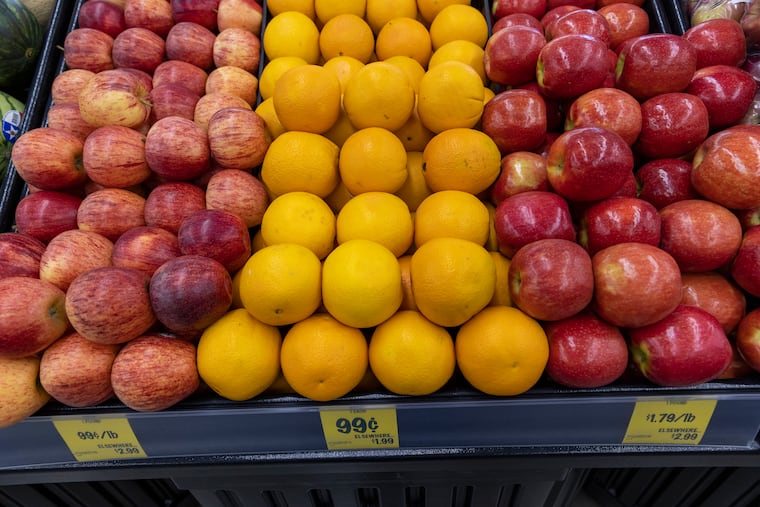What are SNAP and WIC food assistance programs?
Are you eligible for food assistance through SNAP or WIC?

Eating healthy can be expensive, especially as food prices continue to rise.
Grocery prices were up 13.5% in August compared with the same time last year — the greatest 12-month increase since March 1979, according to the Bureau of Labor Statistics. Fruits, vegetables, meat, poultry, dairy — regardless of what you’re looking to buy, prices are up.
Inflation-driven price increases are straining a growing number of Americans, in particular young adults, many of whom lost their jobs during the pandemic.
About 1 in 3 people born between 1996 and 2004 — Generation Z — are having trouble affording food, a study by Purdue University found. And 1 in 5 millennials and members of Generation X also experienced food insecurity this year, as did 1 in 10 baby boomers.
If you are struggling to feed yourself or your family, help may be available. Publicly funded food assistance programs can help people who are low-income or struggling to afford groceries. Learn more about WIC and SNAP and find out whether you may qualify.
What is WIC?
The Special Supplemental Nutrition Program for Women, Infants and Children (WIC) provides food to families who meet income and need requirements. WIC is a supplemental program, which means it does not provide all the food an individual or family may need, but offers items that are key to good nutrition. You may be eligible for WIC even if you don’t qualify for other public assistance programs.
Who is eligible for WIC?
WIC eligibility is based on need and income.
The program covers people who are pregnant, up to six months postpartum or breastfeeding. It also covers infants and children up to their fifth birthday.
If you fall in one of those categories, you may be able to get WIC coverage in Pennsylvania or New Jersey if you:
Have a limited access to nutrition or a medical condition that puts your health at risk.
Have an annual household income within 185% of federal poverty level — about $25,140 for an individual or $51,340 for a family of four.
You must be a resident of the state in which you apply for WIC.
» READ MORE: How one mom makes healthy meals with all WIC-approved groceries
How do I apply for WIC?
Pennsylvania residents can call the toll-free WIC Hotline 1-800-WIC-WINS or visit www.pawic.com.
New Jersey residents should call their local WIC office to set up an application appointment. Find local WIC offices online at www.state.nj.us/health/fhs/wic/participants/find-wic
What is SNAP?
The Supplemental Nutrition Assistance Program (SNAP) similarly provides food for low-income families, but unlike WIC, is not restricted to women and children. People who are eligible receive an electronic benefits transfer (EBT) card to buy groceries.
Who is eligible for SNAP?
In most cases, people are eligible for SNAP only if their gross monthly income is within 130% of the federal poverty level ($1,396 for an individual) and the net monthly income is within 100% of the federal poverty level ($1,074 for an individual). Calculate net income by subtracting from gross income any allowed deductions, which vary by household size.
How do I apply for SNAP?
Pennsylvania residents can apply online through the COMPASS website or in person at a county assistance office. Find the nearest office online at www.dhs.pa.gov/Services/Assistance/Pages/CAO-Contact.aspx
New Jersey residents can apply online at www.njhelps.org or download an application to be mailed to your county board of social services at www.nj.gov/humanservices/njsnap/apply/ways